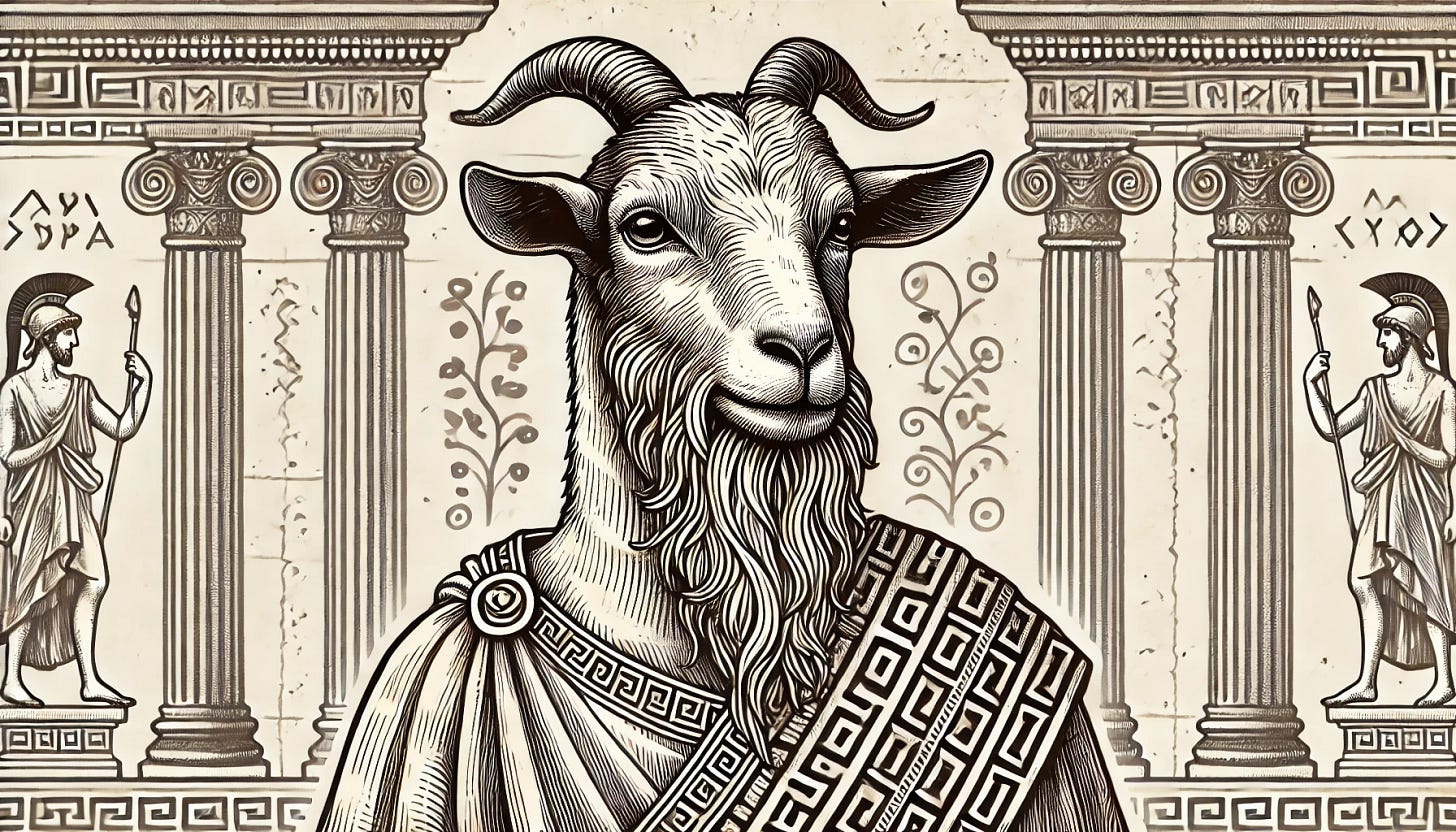At least 3000 years ago, the ancient Greeks used the word anthropos to refer to human beings. Today, we use an awful lot of words that derive from anthropos, mostly in the form of a prefix or suffix.
Anthropology, unsurprisingly, describes the study of us humans. Anthropology uses history as a clue, but goes beyond to archaeological finds from prehistory, and even human migration patterns to paint a more full picture of our story.
Philanthropy sneaks the anthropy in there at the end. That first part of the word comes from philo, which more or less means love. You can probably see how a “love of humans” could gradually evolve into a very specific meaning for being generous and kind toward humanity as a whole, which is more or less the modern version of the word.
We might discuss the current geological epoch we’re living through, and debate whether or not we should call it the anthropocene. Humans are beginning to create real change at massive scales, and we are now leaving behind our mark on the geological record in the same way that asteroid impacts or new ice ages have in the past.
I am often portrayed as an anthropomorphized goat. Morphē—shape or form—is the Greek root here, so I am a somewhat human-shaped goat. My literary doppelganger is also a therianthrope, and therion means something like a wild beast. This is probably fairly accurate, since not all goats are domesticated.
Here’s an anthropy you’ve probably heard of: lycanthropy. Lykos means wolf, so this gives us our most straightforward compound word: wolf-human. Today’s modern lore calls these entities werewolves.
Among all these other anthropies, we humans are also very anthropocentric. We’ll generally do our best to place ourselves at the very center of almost literally anything in the universe, whether or not we really belong there. Copernicus and Galileo had different ways of trying to rectify this view about our own solar system, and while we have come to accept that not everything revolves around the Earth, the prevailing cosmological view is that everywhere is the center… so maybe we can have this little selfish win after all.
Another win for the “humans are everything” camp is the anthropic principle. This is the idea in cosmology that human existence is just so ridiculously improbable (at least at this particular point in the universe). The Sun has to be a certain, precise distance away so the Earth’s oceans don’t instantly boil away or freeze, and there are dozens of seemingly-too-precise measurements that just happen to allow for our sort of life to exist.
Maybe it’s this selfish nature that makes us so prone to being misanthropic. We turn against one another at the drop of a hat, even though our superpower is surely cooperation. All of this anthropogenic activity has created a big mess here on Earth, and cleaning our mess up is increasingly important and urgent.
What do you think about all these anthropies? Are there any I’ve missed that you want to call attention to? Isn’t etymology fun?






The wolf - man is kind of interesting because it opens a whole new 'man' topic. Namely that, in English, Man is gender neutral as human and gender was prefixed as wo-man for female and wer-man for male. Hence werewolf = human/wolf of the male type.
The goat art always makes my day!
Since we mentioned ancient Greeks--and werewolves--it's worth pointing out that the oldest surviving werewolf story comes from ancient Greece. King Lycaon and all but one of his sons were turned into wolves by Zeus as punishment for their various crimes (like trying to feed Zeus human flesh). I guess the theory was, "Act like an animal, become an animal." We see the same motif in later fairy tales.
There was also a claim that anyone who prayed at the temple of Zeus Lycaeus would become a wolf (which one would think would have a negative impact on attendance).
Sadly, there are no stories about goat-headed men in Greek mythology--but there are in Egyptian mythology. (Could be be coming close to discovering the origin of Goatfury?)
The god Khnum is regularly portrayed with the head of a goat. Sadly, I don't seem to be able to insert a picture. He is often portrayed with green skin, a way of emphasizing his nature as a fertility god. His major temples are all near riverbanks, and water, as we know, is essential to agriculture. He is also pictured next to a pottery wheel, as he is also sometimes given a role in creation. In some stories, he fashions the universe. In other stories, he fashions humans. (Egyptian myth were remarkably flexible, with local variations, based on the interests of a particular city. "Our god can beat up your god--or even take his place!")